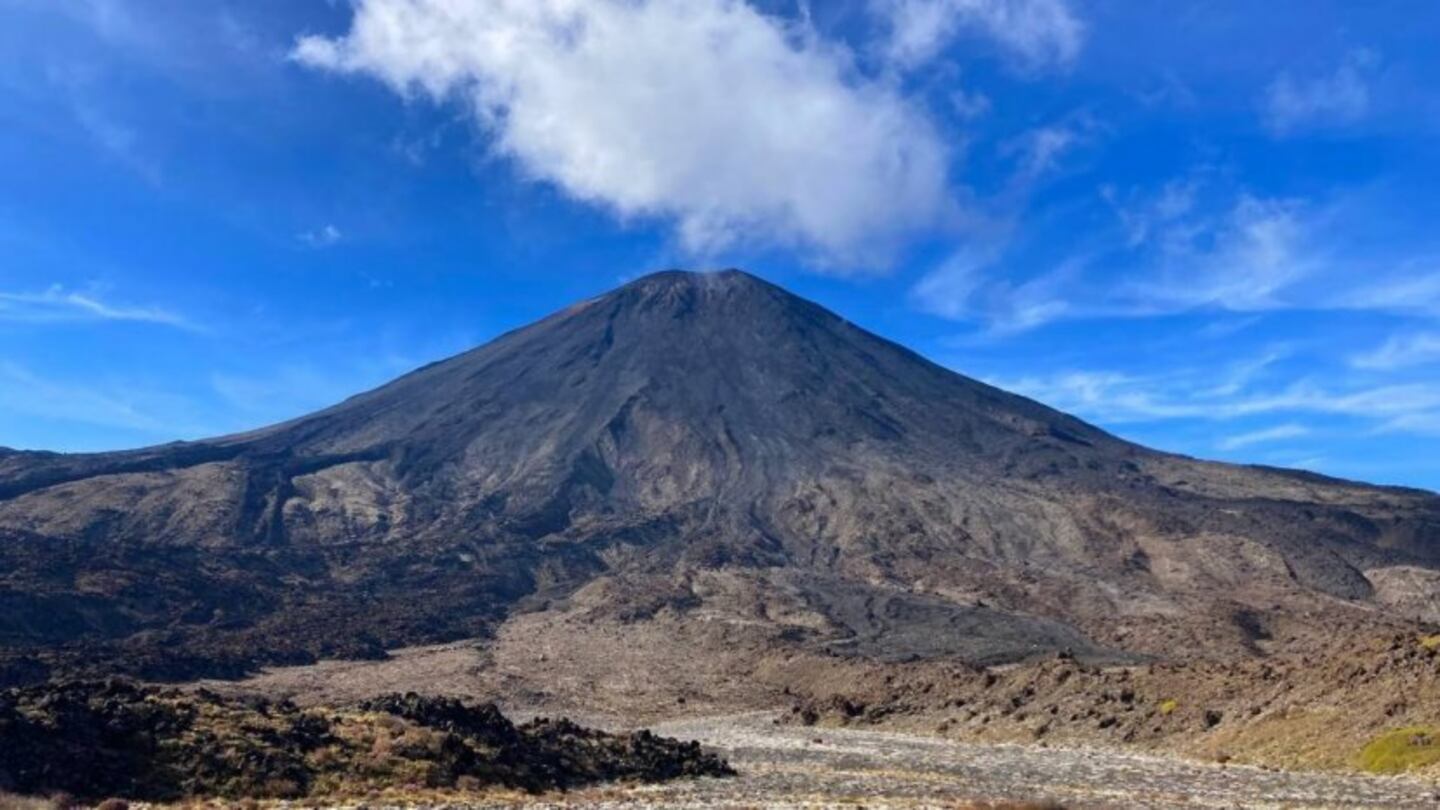Mt Ngāuruhoe, in the co-governed Tongariro National Park. Photo / NZME
OPINION:
Before we discuss co-governance, we should consider the criticism of how undemocratic it is to have a small, unelected, but powerful group with an inordinate amount of influence over central and local government. But, enough about Federated Farmers, let’s have a look at co-governance.
The Auditor-General defines governance as focusing on “strategic matters, while management is concerned with day-to-day operational responsibilities”. Co-governance means Māori having involvement in setting out what an organisation wants to achieve and how it performs. While co-governance provisions in Three Waters legislation have attracted considerable criticism, we have had these types of arrangements since the 19th century.
There are at least three types of co-governance. The first relates to tino rangatiratanga in article two of the Treaty of Waitangi which the late Moana Jackson translated as the right for Māori to identify those things that are important to us and our right and obligation to protect them. An early example of this form of co-governance was the Tongariro National Park Board, set up in 1894. It consisted of three Government representatives and one Ngāti Tuwharetoa representative to oversee the administration of the park.
The second form is often associated with article three of the Treaty, to include a Māori voice to improve equality in service delivery. This is usually one Māori person included on a governance board such as school trustees, university councils and NGOs. Many have been there for decades and are often based on a relationship with a local marae.
The third type of co-governance includes Māori wards and constituencies on local body councils to ensure Māori have representation in decision making, often taking into account Māori customary values. Often these positions are problematic because they represent only one Māori voice. As with Pākehā New Zealanders, there are few if any issues where there is only one Māori perspective.
These examples are the softest versions at the lower end of the co-governance continuum.
The next stage on the continuum is where Māori are a minority, but are able to have a variety of voices. The Bay of Plenty Regional Council has had three Māori constituency councillors for nearly 20 years ensuring a variety of Māori voices. We could also include the Māori parliamentary seats here, where Māori are democratically chosen by Māori, and need to be supportive of Māori values. If we didn’t have this process then to be elected to Parliament the Māori person could instead have to be acceptable to the majority of Pākehā voters.
The middle of the continuum are governance boards aimed at equal representation between Māori and non-Māori.
In the 1990s, the Dunedin Safer Community Council experimented with a governance group of five elected tauiwi (all peoples) and five Māori, three selected by mana whenua and two elected by maata waka (those outside their tribal area).
Guardianship of the environment has resulted in groups such as the Waikato River Authority being established, to restore the health of the river. Since 2010 it has had a co-governance arrangement with five members appointed by iwi and five by the Crown.
Auckland also has an equal co-governance of reserves on 14 volcanos, with six appointed by mana whenua and six appointed by the city council. This is the model the Three Waters legislation looks to implement in its proposed co-governance.
The next stage on the continuum is governance models where Māori hold a majority of the positions. The most well-known case is the board responsible for Te Urewera, originally set up with four Crown and four iwi representatives but changing to three Crown and six iwi members.
The final part of the continuum are Māori governance boards that might include a Pākehā member. These are often Māori land incorporations owned by hapu that appoint or elect an outsider because of their particular skills such as farming, financial or legal experience.
So co-governance as a concept is not new. What is new is that it is starting to appear in places where Pākehā have had a monopoly of power and influence in the past. While some examples of co-governance seek equality in social outcomes, where these 50-50 arrangements are appearing are when Māori want to protect the environment for the future.
We have seen the mess made of the waterways and unsustainable practices on productive land. Go to any hui discussing these issues and you will always hear people arguing passionately for environmentalism and sustainable development, not for the benefit of themselves, but for the benefit of our mokopuna, our grandchildren. The greatest accountability for the state of the planet we leave behind is to our grandchildren.
And if it hasn’t happened already, it is very likely that our grandchildren are increasingly also your grandchildren.
Anaru Eketone is an associate professor in social and community work at the University of Otago.
-NZME

